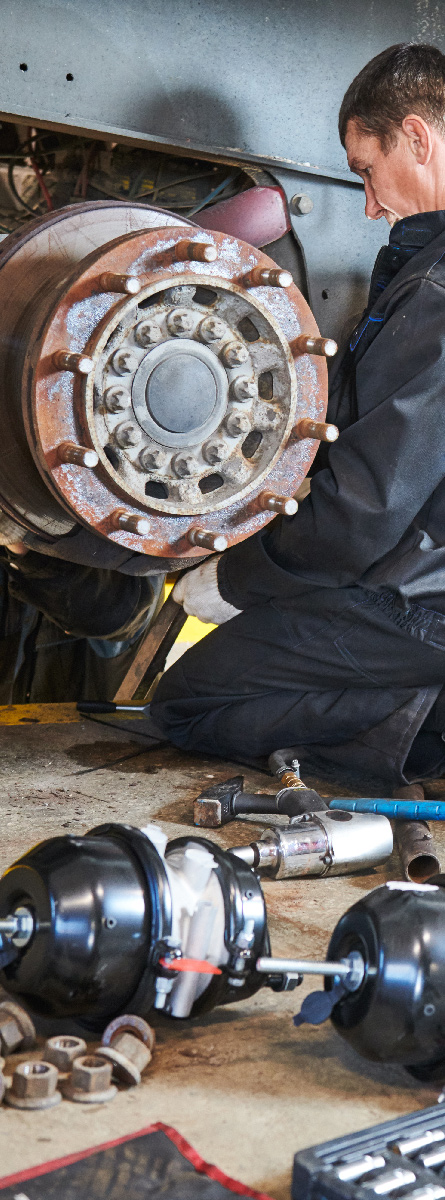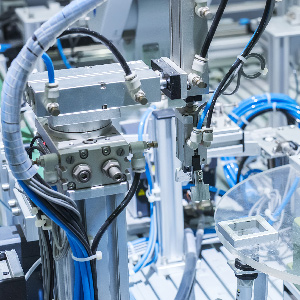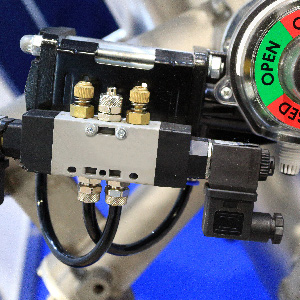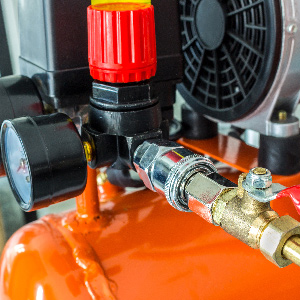Choosing the Correct Air Brake Fitting
Post By: Tom Rowse On: 06-07-2020 - Pneumatics
Choosing the correct air brake fitting is essential when you're running a fleet of public transport or large commercial goods vehicles. Due to the size, the number of wheels, and often the complex junctions between two or more parts of the whole vehicle, as many as 100 tube or hose connections might be required. They all need to be joined with reliable fittings.
Though they may not be visible, these brake fittings are an essential component of air brakes, and choosing the correct air brake fitting is crucial. The choice of air brake components can also affect the cost of a brake system, as well as its performance and ease of assembly. Several major types of fittings are commonly used by HGV manufacturers, with varying levels of performance, price and assembly line efficiency. There are also new trends in technology that affect air brake fittings, and in advanced systems they can control the whole braking event.
What To Look For
In 1958, the United Nations Economic Commission for Europe drew up a set of 'harmonised' international regulations relating to the construction and operation of "Wheeled Vehicles, Equipment and Parts". UN ECE Regulation 13 governs heavy vehicle braking, and specifies which parts are required for the proper functioning of the system. These include air brake tubing and hoses, connectors, end fittings and tube assemblies. Choosing the correct air brake fittings means assuring yourself that all these parts are made to recommended specifications in respect of:
- overall construction
- vibration resistance
- tensile strength, including boiling water conditioning
- end fitting retention, serviceability and corrosion resistance
- thermal conditioning, with particular regard to end fitting retention and tensile strength
Compatibility of thread patterns may seem to be a minor point, but it must also be taken into account when choosing the correct air brake fitting (i.e. male/female threads, metric or imperial measurements).
Common Fitting Types
There are three major types of commonly available air brake fittings.
1. Brass Compression Fittings
The oldest, and often considered the most reliable of fitting types, brass compression fittings are versatile, dependable, and comparatively cheap. Compared to push-fit connections, their installation can be more labour intensive, but they form excellent joints and superior seals. They can withstand high temperatures and can be customised relatively easily, as brass can be produced quickly and in many shapes. Brass compression fittings are commercially available in a wide variety of configurations:
- straight fittings
- elbow fittings
- cross fittings
- T fittings
- Y fittings
- 135º fittings
- bulkhead connectors
- taps
- reducers
- hose adapters
- valves for test points, drainage and tyre inflation
2. Brass Push-Fit Connectors
Brass push-fit connectors date from the 1990s, and perform in the same way as their predecessors, with much faster installation. They are much simpler to assemble and fit, using only a tool cutter, and can reduce installation time by as much as 90%. While the unit cost for push-fit connectors is greater, their quick installation represents huge cost savings for large-scale manufacturers. This type of fitting can also be colour-coded to help locate them correctly, reducing installation errors and saving additional time. Brass push-fit connectors can be customised in a similar fashion to compression fittings.
3. Composite Push-Fit Connectors
Composite push-fit connectors comprise a polymer body with brass screw threads, and are just as labour-saving as pure brass. However, the polymer material is 43% lighter than brass and cheaper to produce, with a huge aggregate weight saving on a vehicle with 100 or more air brake fittings. Their injection moulded construction is very versatile and open to customisation, allowing uniquely shaped bodies to be created for specific applications.
It should be noted that engine design enhancements have led to higher operating temperatures. These may adversely affect push-fit connectors and tubing. Temperature stress raises the probability of leaks, and causes the faster hardening of elastomeric seals, which leads many manufacturers to choose brass compression fittings or modified, thicker seals. New fitting types are also being designed with a higher temperature resistance.

Ensuring Braking System Performance
The purpose of any braking system is speed control, and for a vehicle, this means providing the ability to stop or reduce speed safely. An effective vehicle braking system demands that a safe stopping distance can be achieved, and that directional control of the vehicle can be maintained during heavy braking. The larger and heavier the vehicle, the more critical this becomes. Choosing the correct air brake fittings is therefore a priority consideration for the optimal performance of your braking system.
Get More From Rowse Straight To Your Inbox




